Our next book has sliding pictures so that we can guess. It’s like a book of riddles. Let’s see if you can help me find out the answer to some of the riddles.
Let’s look at the page that says In the Garden. Here is a picture of a bee. What sound does a bee make? [They respond.] Buzz buzz. Great! and where does a bee live? [They respond.] Yes! in a bee hive. [Slide the tab to show the bee hive.]
[As you talk about each animal, add some information about where they live.]
Early Literacy Tip—Example Tip—Background Knowledge—Content Knowledge: When we talk with children about factual information, adding to what they already know, we build their background knowledge about the world. The more they understand about the world around them, the easier it will be for them to later understand what they read.
OR
Early Literacy Tip—Example Tip—Print Motivation: When we involve children in a book by asking them to share what they know, they will enjoy the booksharing experience. This helps them be interested in books and later learning to read.



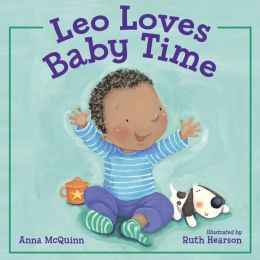

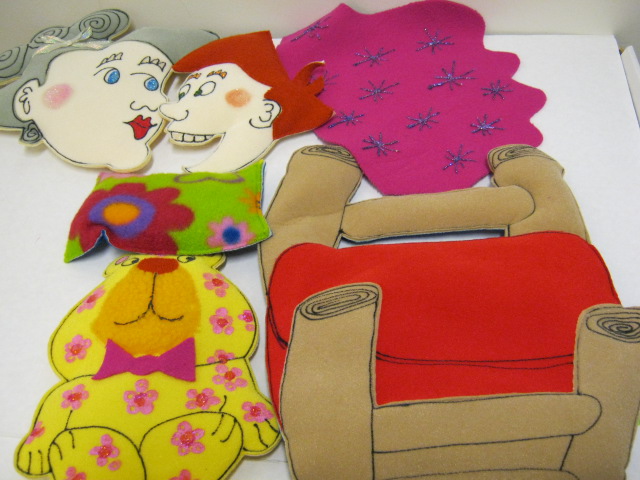
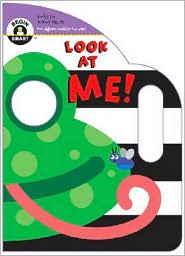
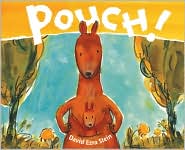


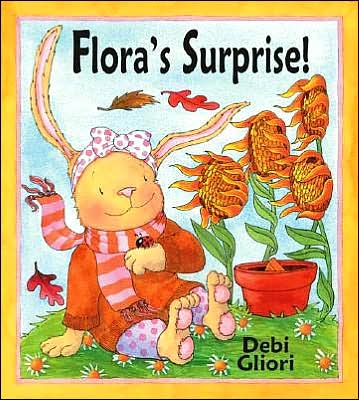 Early Literacy Aside--Example: This is a favorite book of mine. It shows children enjoying planting seeds and also how children think, in interesting ways. Let your child know when you are reading a favorite book of yours. This helps develop print motivation.Read Flora's Surprise
Early Literacy Aside--Example: This is a favorite book of mine. It shows children enjoying planting seeds and also how children think, in interesting ways. Let your child know when you are reading a favorite book of yours. This helps develop print motivation.Read Flora's Surprise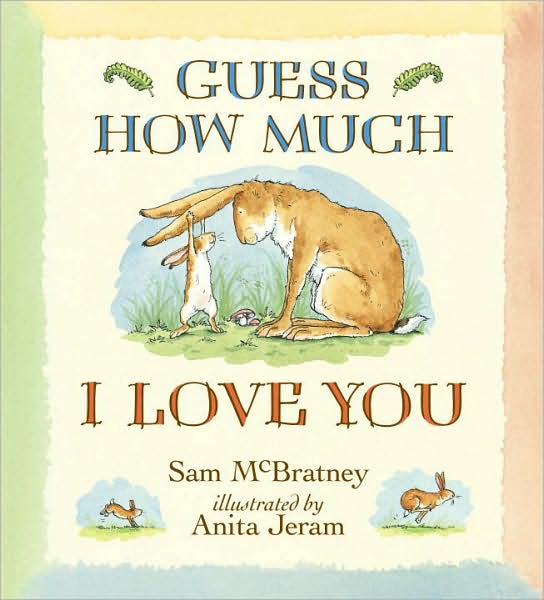 Our next book is Guess How Much I Love You by Sam McBratney.Early Literacy Aside--Example: This is my favorite book from my son's early years. We would read this one every night and we both knew the book word for word. Having a positive interaction with books and reading is an example of print motivation, helping children to associate reading with enjoyment.
Submitted by Karri Marshall, Lane (OH) Public Libraries
Our next book is Guess How Much I Love You by Sam McBratney.Early Literacy Aside--Example: This is my favorite book from my son's early years. We would read this one every night and we both knew the book word for word. Having a positive interaction with books and reading is an example of print motivation, helping children to associate reading with enjoyment.
Submitted by Karri Marshall, Lane (OH) Public Libraries
 Early Literacy Aside--Example: Having your child say a repeated phrase with you throughout the book keeps him involved. This is a great way to keep your booksharing time fun and it supports print motivation--that enjoyment of reading. Participation keeps them interested.Read Bear Wants More and have the children chime in with the repeated phrase.
Early Literacy Aside--Example: Having your child say a repeated phrase with you throughout the book keeps him involved. This is a great way to keep your booksharing time fun and it supports print motivation--that enjoyment of reading. Participation keeps them interested.Read Bear Wants More and have the children chime in with the repeated phrase.